Description
Chalcedony has a hardness of 6½ – 7 and a specific gravity of 2.6, and according to Mindat, was first “mentioned by Agricola (1546) of a stone named for the town of Chalcedon, now called Kadıköy, and is a district within the city of Istanbul, Turkey.” According to Wikipedia, “Chalcedony has a waxy luster, and may be semitransparent or translucent. It can assume a wide range of colors, but those most commonly seen are white to gray, grayish-blue or a shade of brown ranging from pale to nearly black.”
WebMineral redirects you to the page for Quartz, and lists Chalcedony on there as microcrystalline quartz, and shows its composition as 47% Silicon and 53% Oxygen, so while it’d make for a cool sample for either element, it’d be more expensive than one of the $1 Quartz available, and much more expensive than the quartz outside near you, so this is more of a rock-lovers collectable than element collector’s…
Chalcedony has been found in thousands of localities recorded to Mindat, and is found in likely thousands more that have yet to be recorded. It’s quite a common mineral, if not one of the most common, and there’s typically little to no value for any specimens, but as a rock lover, you’re surely destined to be on a hike and have one of these catch your eye for one reason or another sooner or later, and most are usually valuable in a sentimental sense for that reason thereafter…
You can watch this video to get a good grasp of the differences between Chalcedony, Agates, and Jasper – https://youtu.be/CHagLkz6Hcs but the TLDR is that “Chalcedony” is pretty much just a broad term used to describe microcrystalline quartz. “Agate” is usually a type of Chalcedony which is translucent and displays banding. “Jasper” is a type of Chalcedony which is opaque, usually red, orange and yellow. You can also find a red Carnelian, green Chrysoprase, and black and white Onyx, but it’s all pretty much the same.
However, the rest has been taken from Mindat, as it’s quite interesting!
“Depending on the context, the term ‘chalcedony’ has different meanings.
1. A more general term for all varieties of quartz that are made of microscopic or submicroscopic crystals, the so-called microcrystalline varieties of quartz. Examples are the different types of agate, jasper, chert, chrysoprase, onyx, pietersite, etc.
2. In the strict sense, and in the scientific literature, ‘chalcedony’ designates aggregates of parallelly grown (‘fibrous’) quartz crystals of microscopic and sub-microscopic size. Based on the conspicuous behavior of thin sections of chalcedony in polarized light, at least two types can be distinguished: – length-fast chalcedony, with crystallites stacked perpendicular to the c-axis, and the resulting fibers being elongated either along [1120] or -more rarely – along [1010]. The fibers may be twisted around the elongation axis. – length-slow chalcedony or Quartzine, with crystallites stacked parallel to the c-axis, and the resulting fibers being elongated along [0001], like in macrocrystalline quartz.
Both types tend to develop radially grown “fibers”, resulting in botryoidal, rounded and stalactitic habits. They often show concentric banding perpendicular to the fiber orientation and are then called Agate. Length-fast chalcedony and quartzine may be found intergrown. The crystallites are commonly polysynthetically twinned by the Brazil law. It is not possible to distinguish the types with the naked eye. Length-fast chalcedony is far more common than quartzine.
Aggregates of randomly intergrown microscopic grains are called “microquartz”. The more general term explained under (1) includes length-slow and length-fast chalcedony as well as microquartz.
Most chalcedony contains small amounts of the silica mineral Mogánite, usually between 1% and 20%. Aging slowly converts the mogánite into quartz and results in mogánite-free chalcedony. Chalcedony contains small amounts of water, both as molecular water and bound in silanole (Si-OH) groups.
3. A term sometimes used for chalcedony that is not agate, jasper or another sub-variety. Used in particular for botryoidal specimens.”

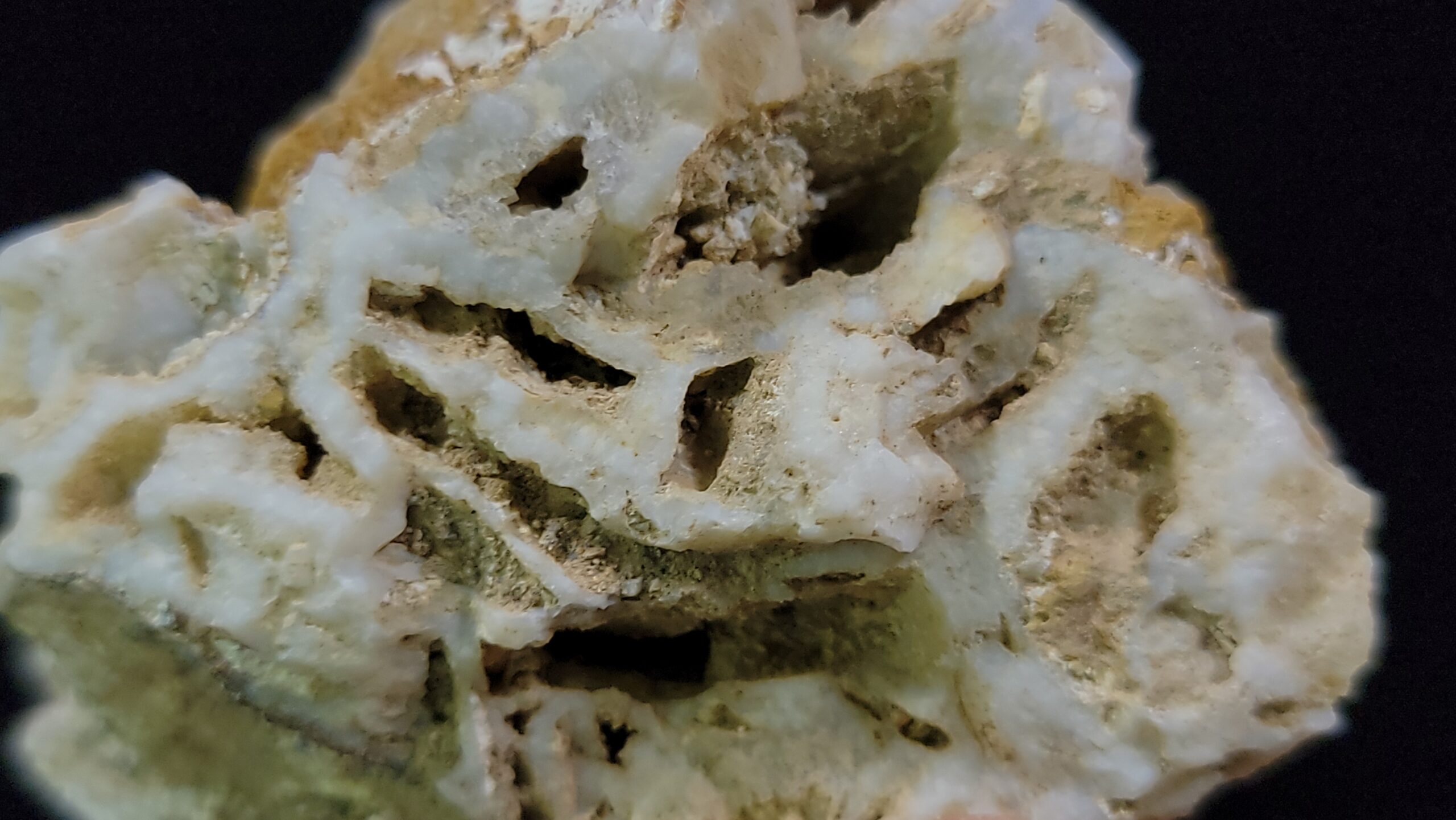
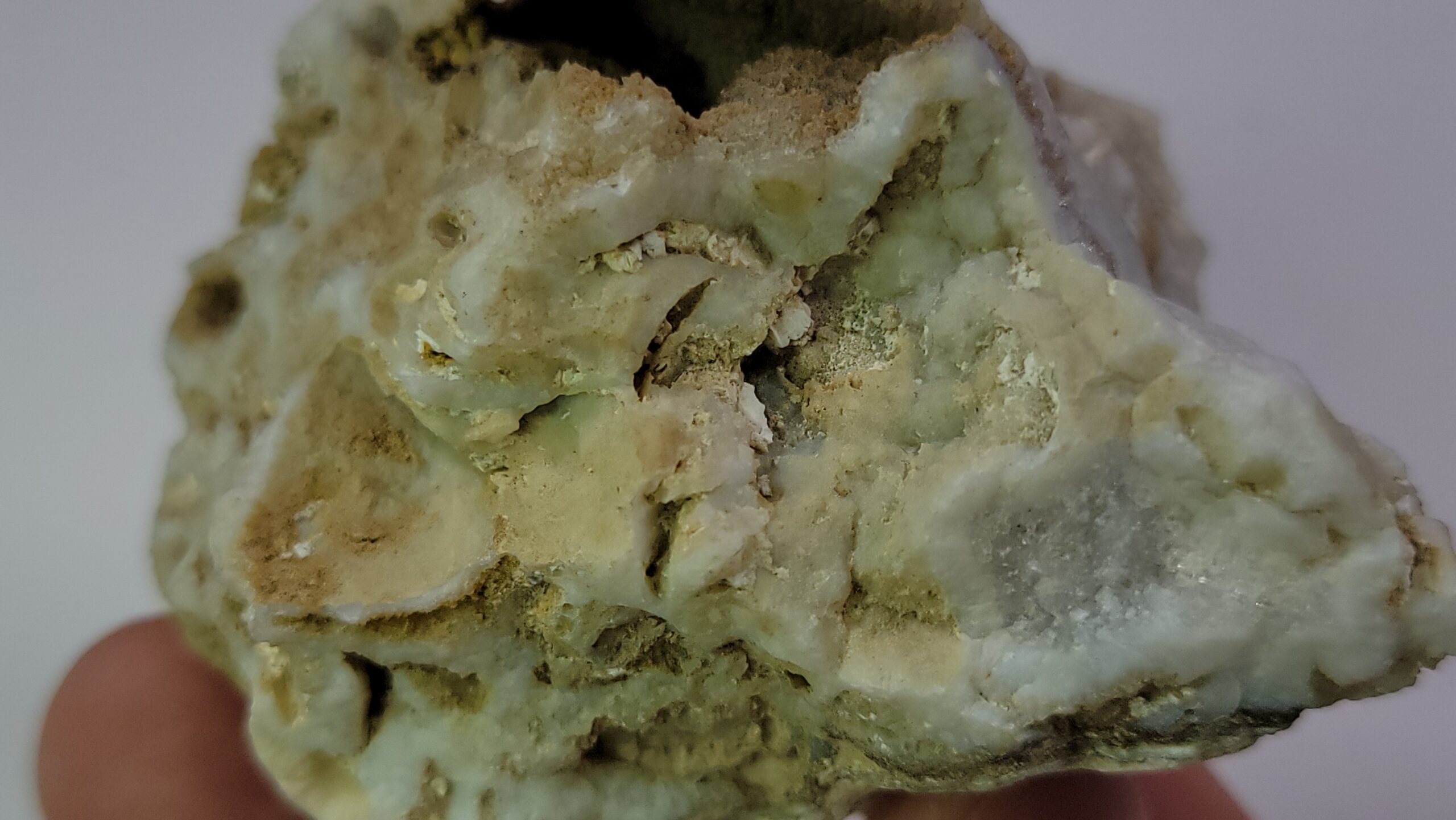
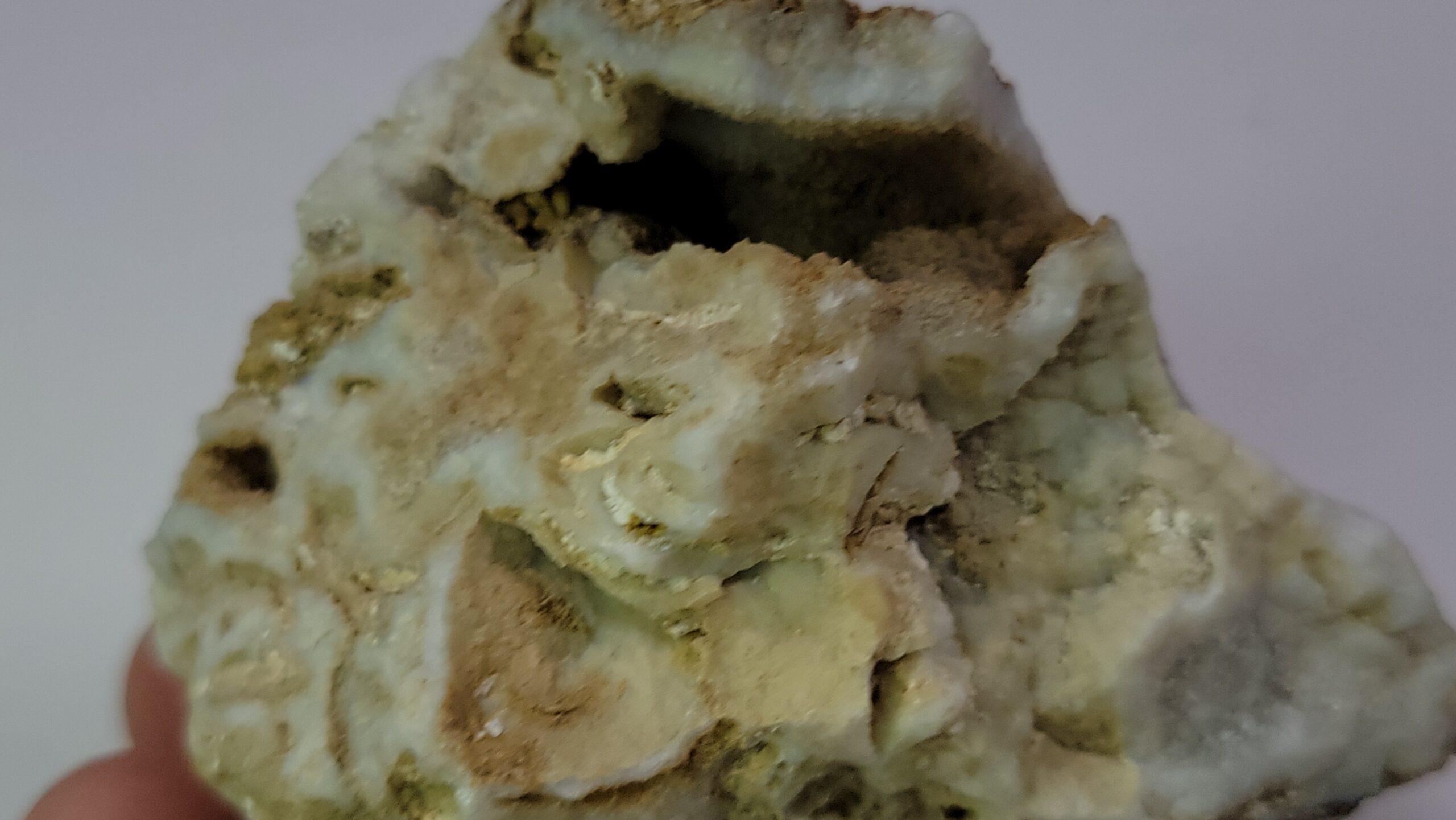
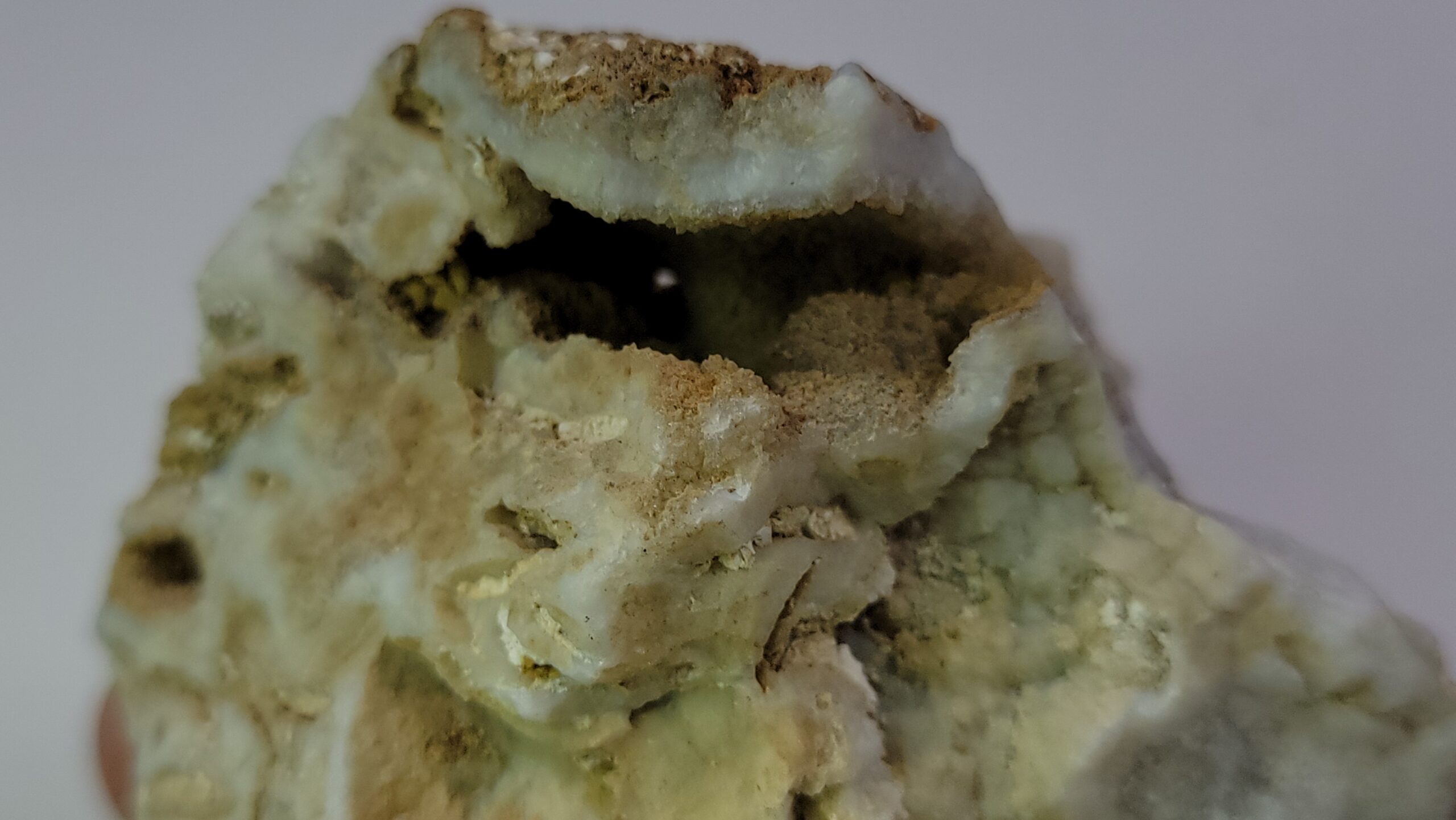
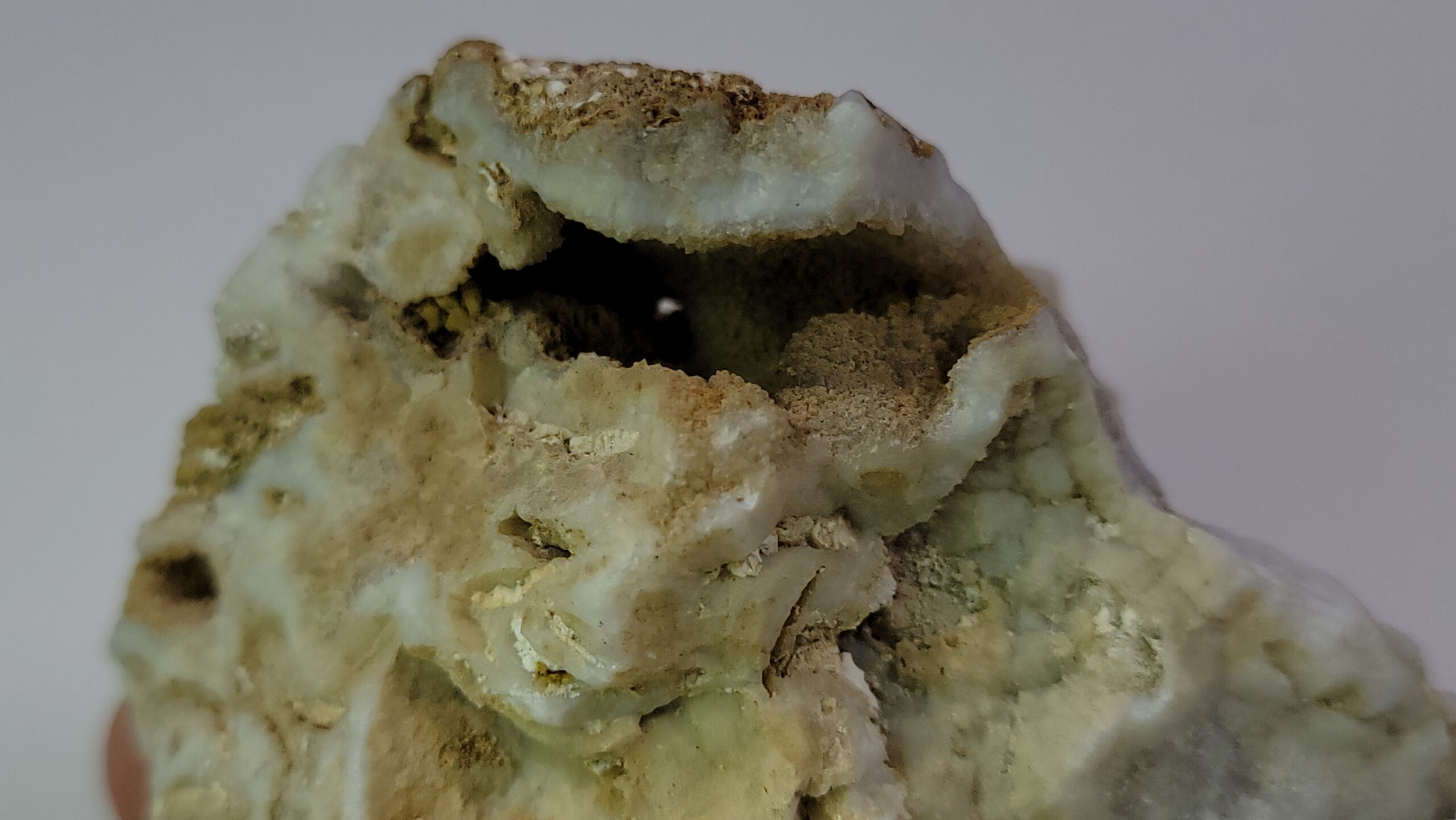

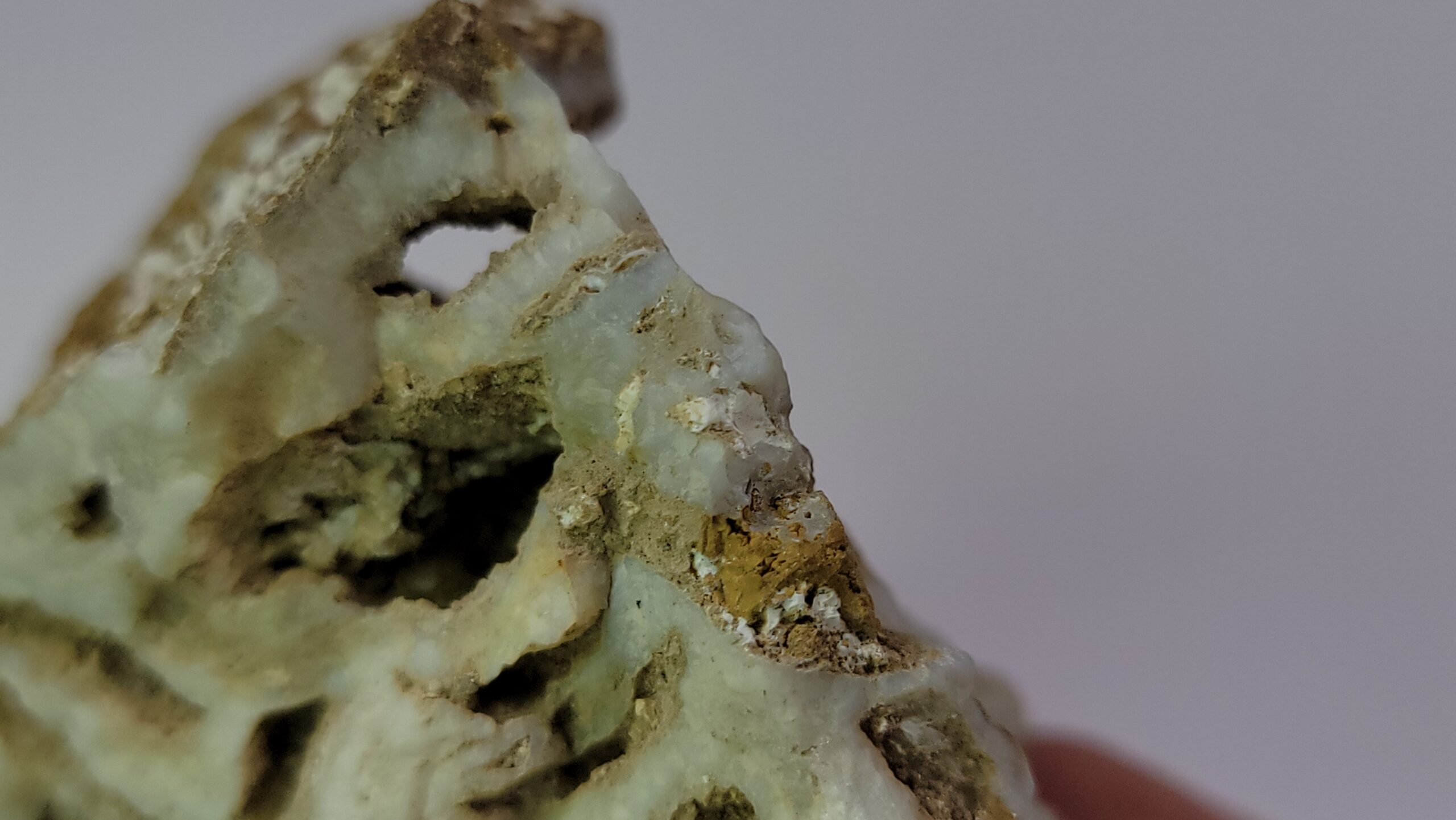
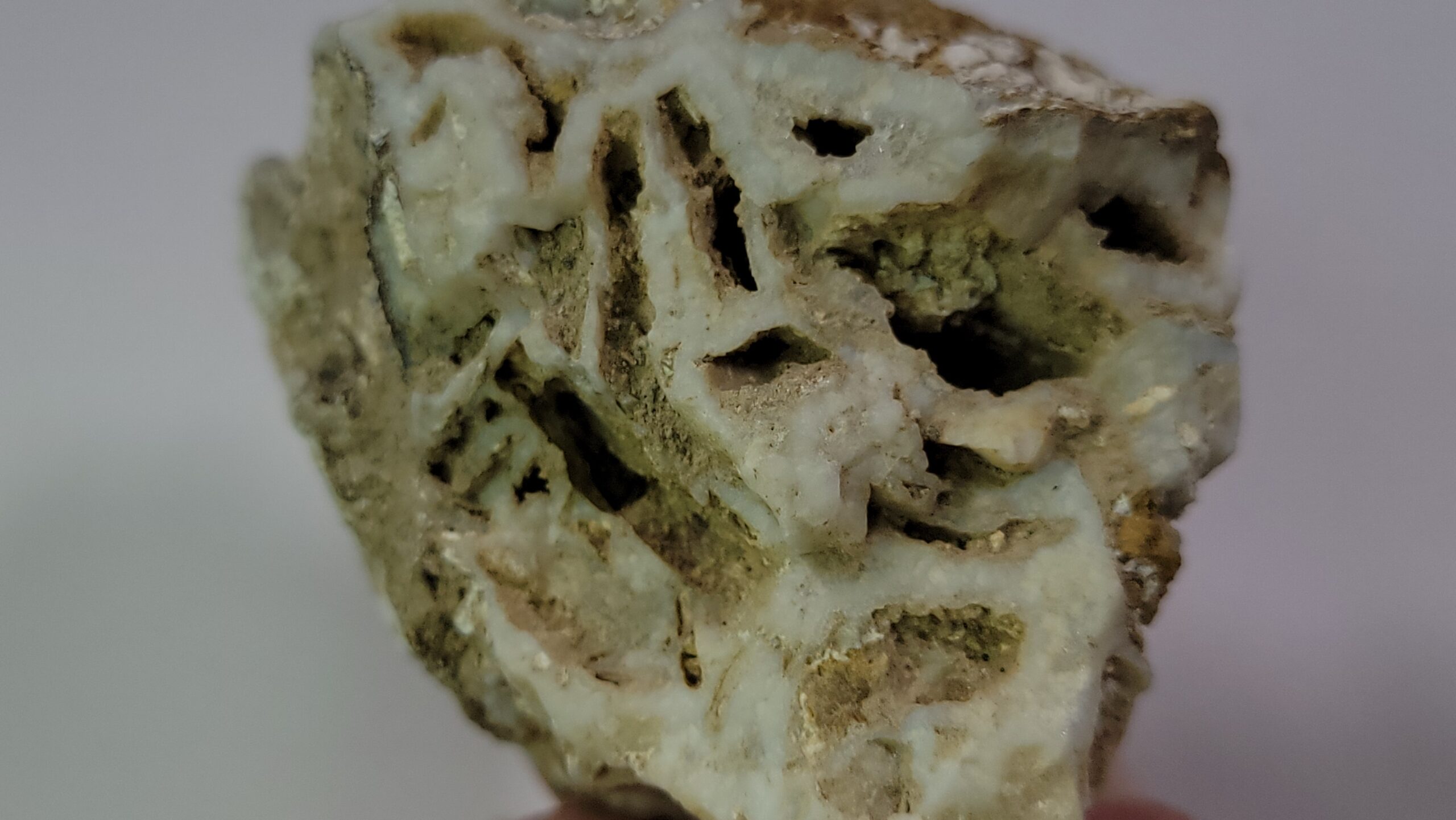
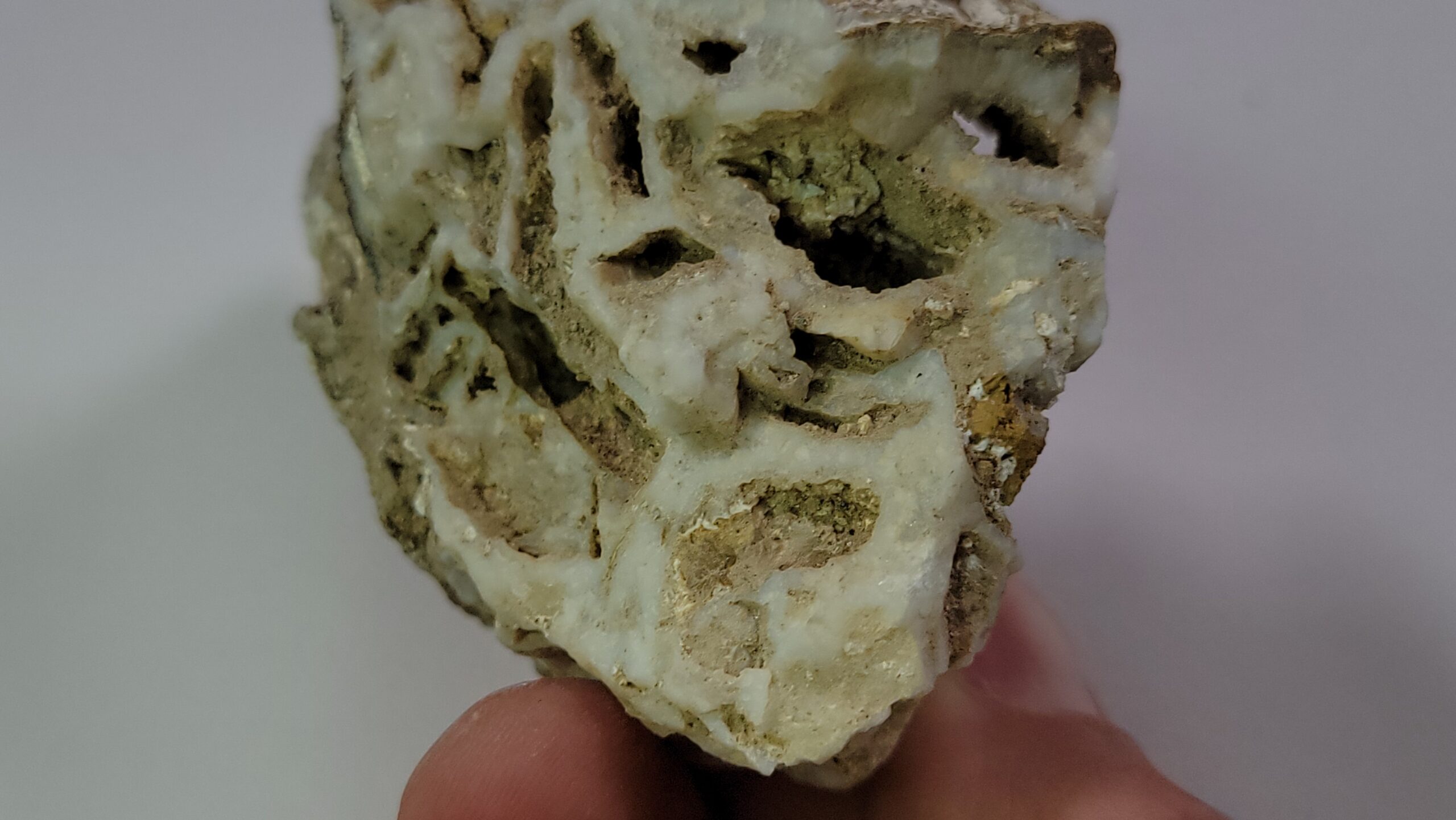
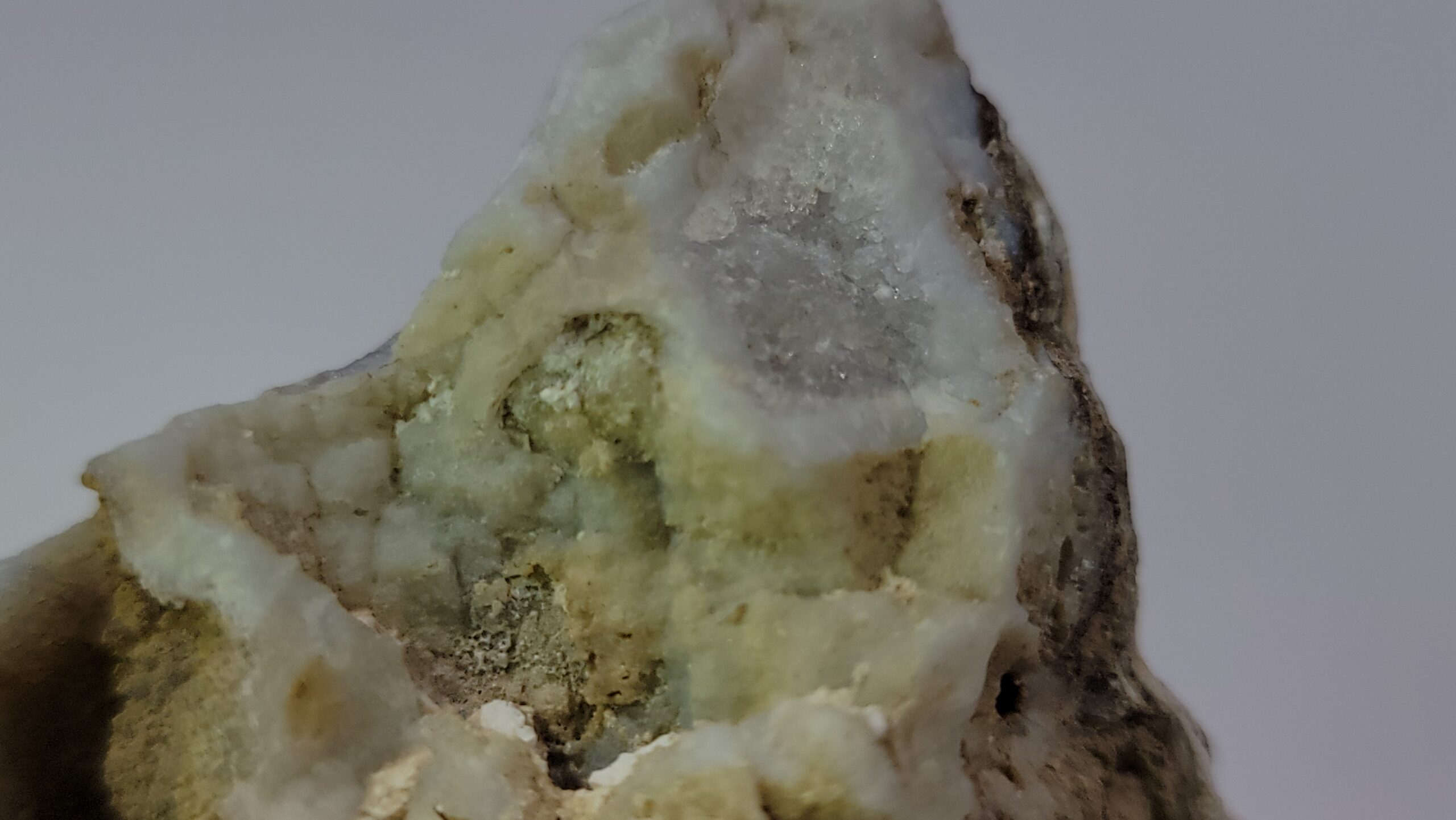

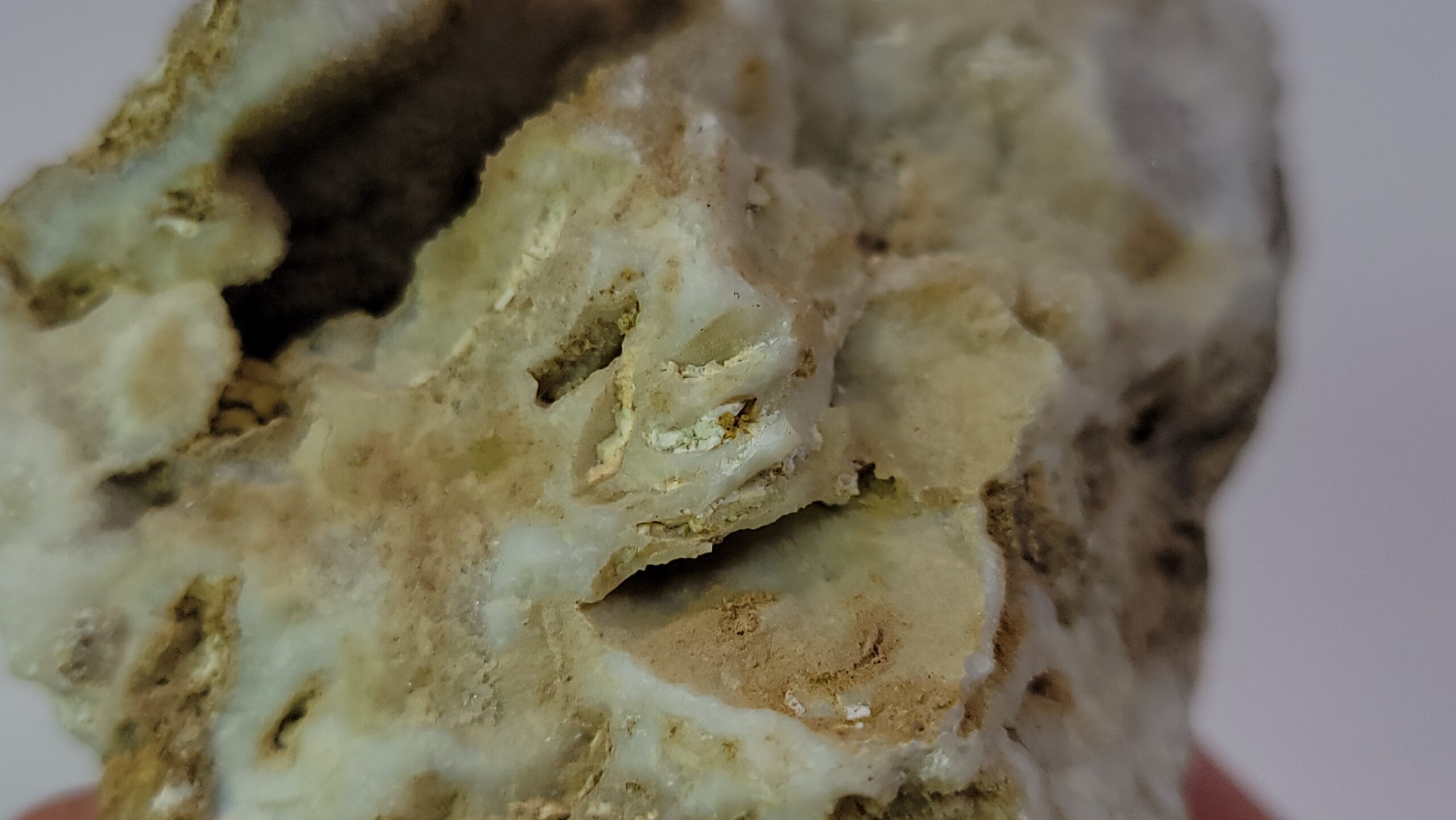

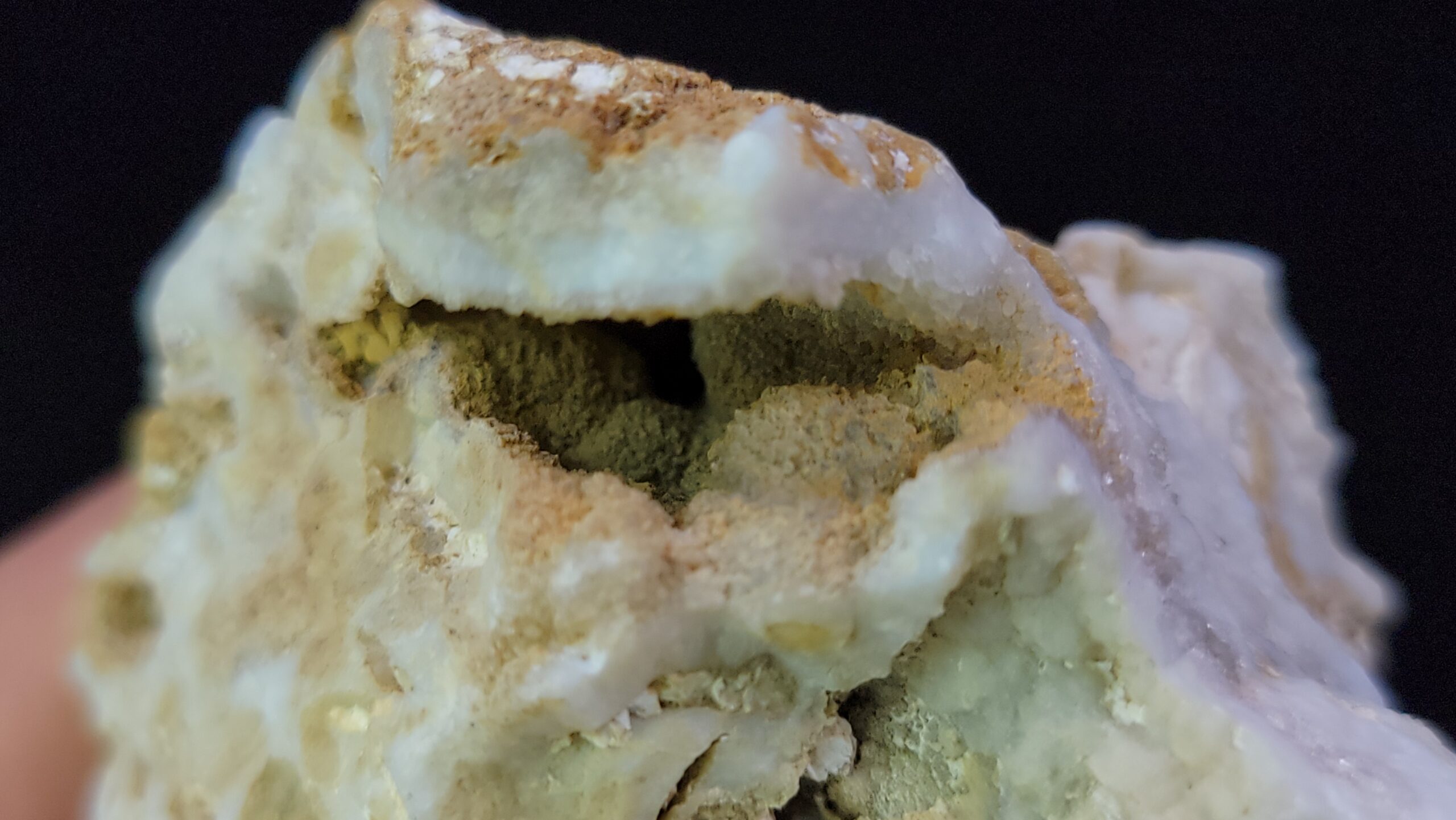
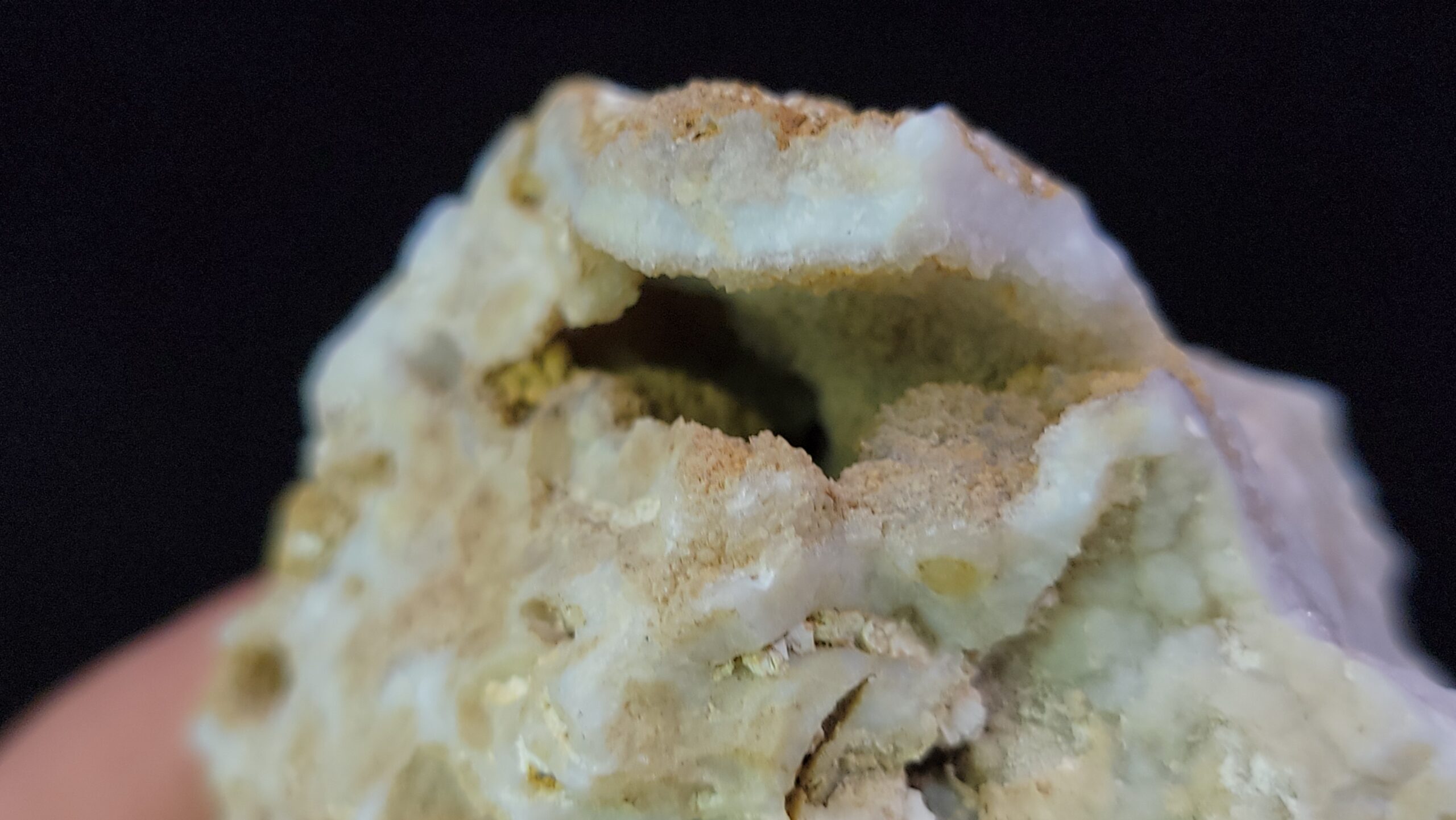
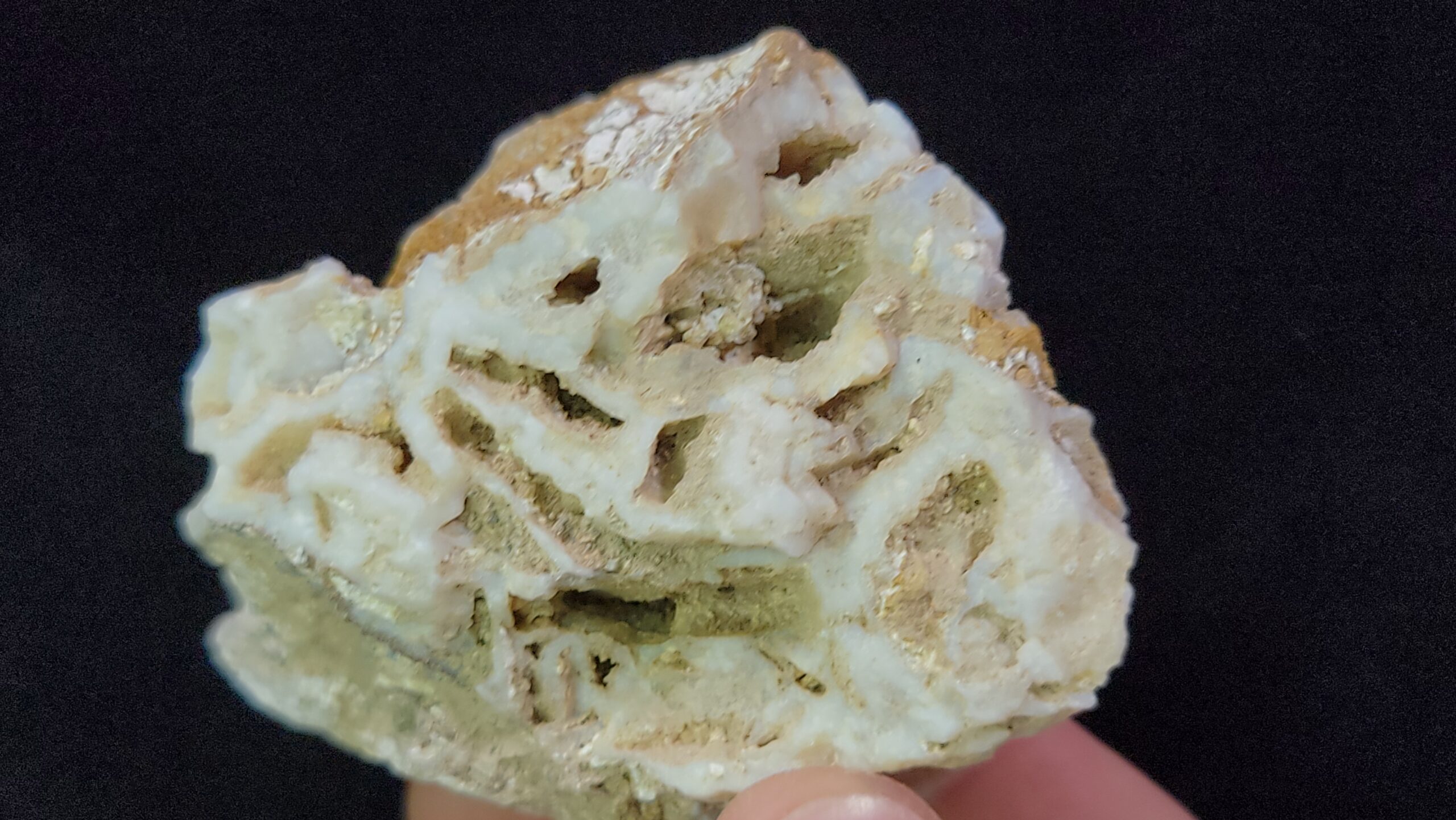



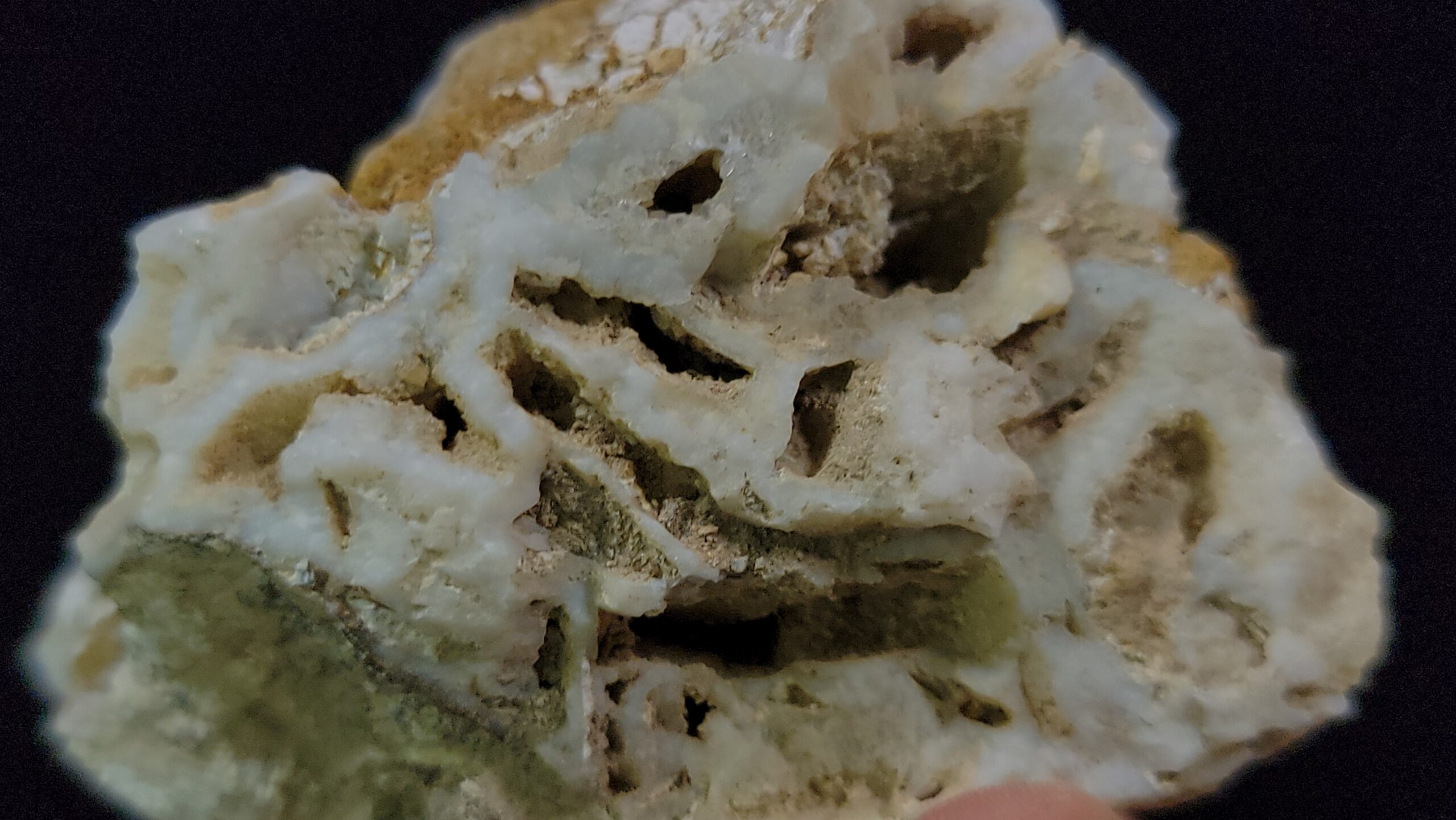
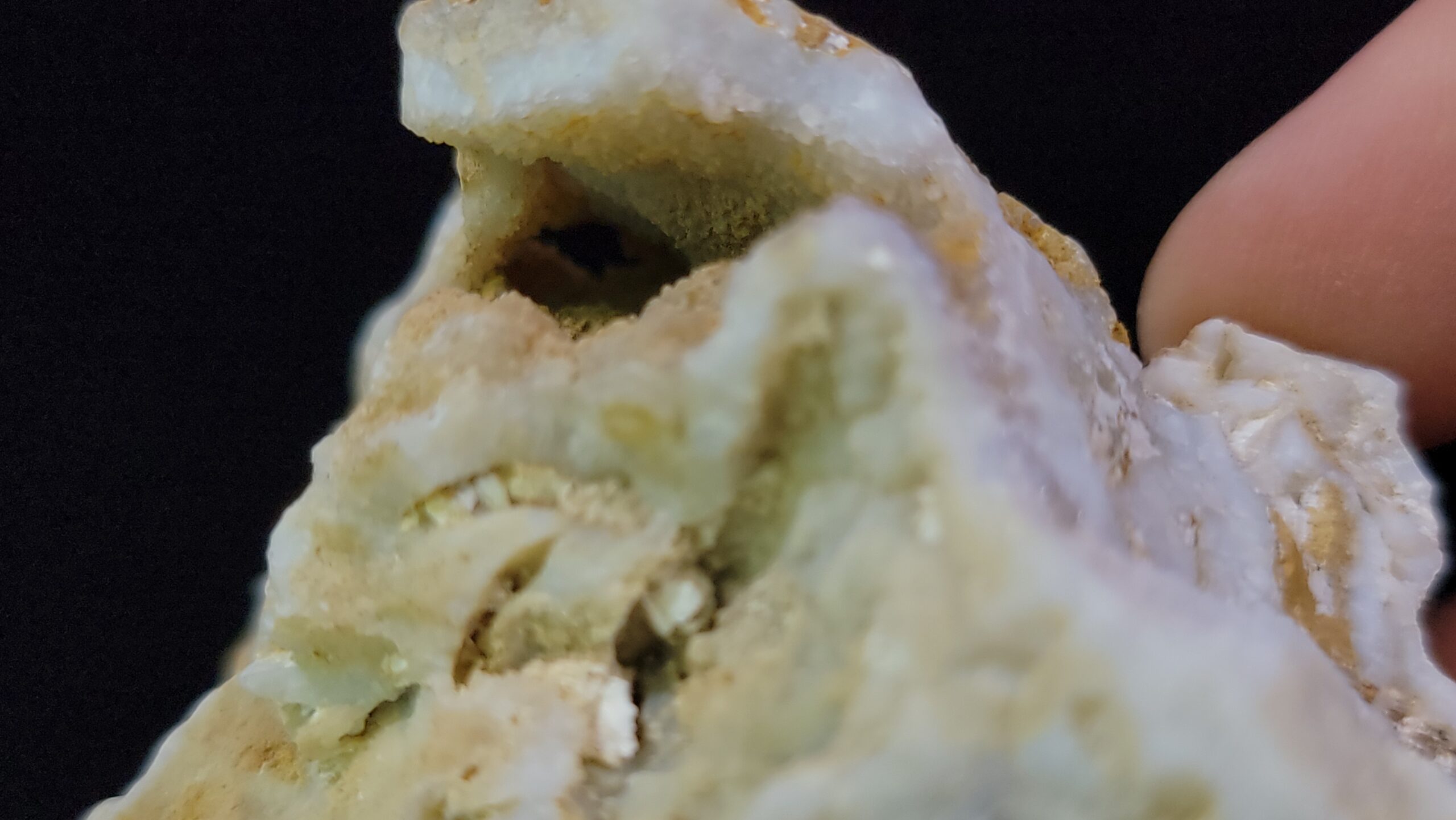


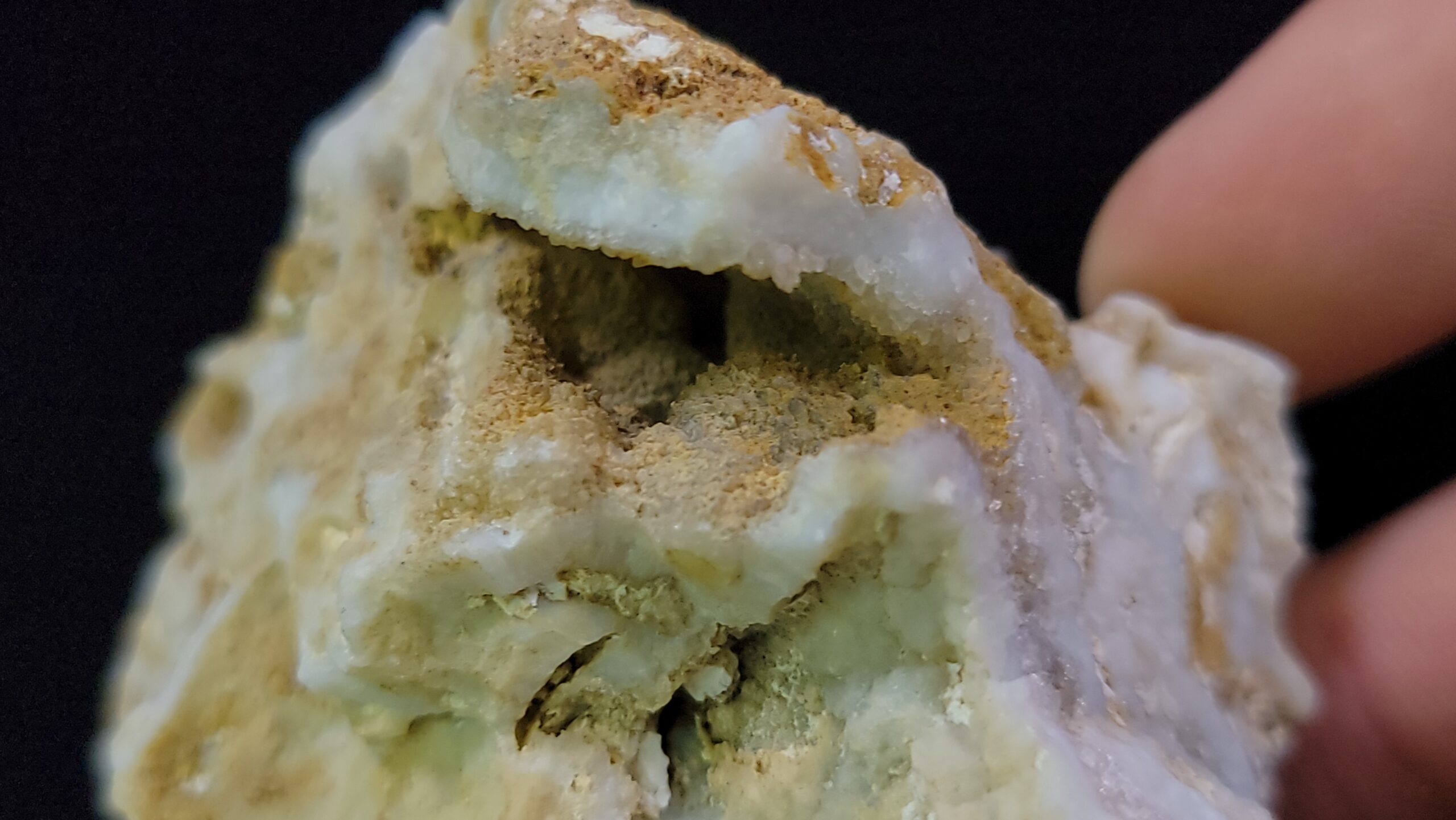






Reviews
There are no reviews yet.